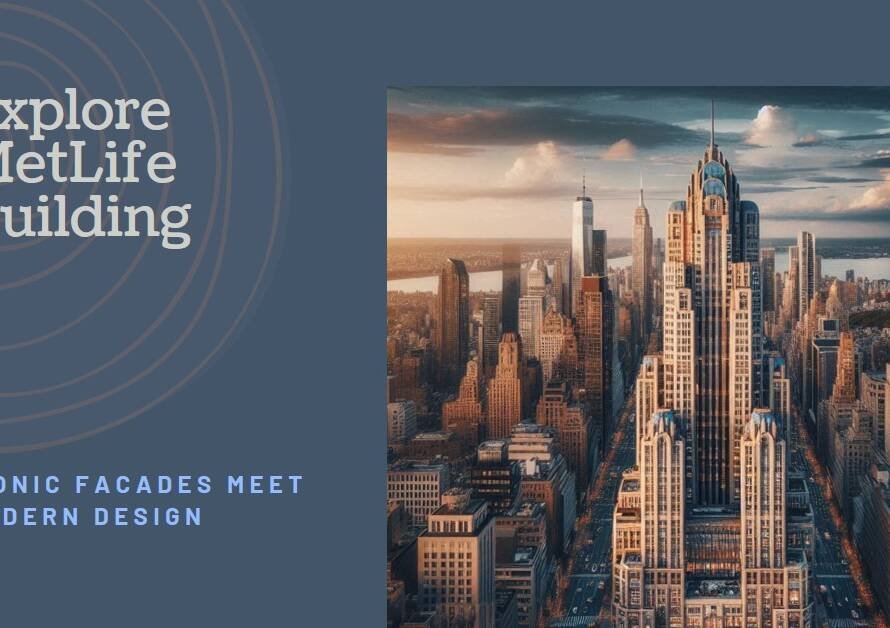
Table of Contents
Introduction to Residential Architecture:
In the dynamic realm of residential architecture, trends evolve continuously to reflect the changing needs, lifestyles, and technological advancements of modern society. As architects and homeowners alike seek innovative ways to enhance comfort, sustainability, and aesthetic appeal, a plethora of design trends have emerged, reshaping the landscape of contemporary living spaces. From eco-friendly initiatives to seamless integration of technology, the architecture of today is a reflection of the aspirations and values of its inhabitants.
Embracing Sustainability:
One of the foremost trends dominating modern residential architecture is a fervent commitment to sustainability. With growing environmental concerns, architects are increasingly integrating eco-friendly practices into their designs. From passive solar design to the use of recycled materials, sustainable architecture not only reduces the environmental footprint but also promotes healthier living environments. Green roofs, rainwater harvesting systems, and energy-efficient appliances are becoming staples in modern homes, offering homeowners the dual benefit of reducing utility costs while contributing to a greener planet.
Seamless Indoor-Outdoor Living:
In response to the desire for a closer connection to nature, contemporary residential architecture places a strong emphasis on blurring the boundaries between indoor and outdoor spaces. Expansive glass walls, sliding doors, and strategically positioned windows create seamless transitions, allowing natural light to flood interiors and offering panoramic views of the surrounding landscape. Outdoor living spaces equipped with kitchens, fire pits, and lounging areas have become integral parts of modern homes, providing ideal settings for relaxation and entertainment. This integration of indoor and outdoor spaces not only enhances the aesthetic appeal of the architecture but also fosters a sense of harmony with the natural environment.
Minimalist Aesthetics:
Simplicity reigns supreme in modern residential architecture, with minimalist aesthetics gaining widespread popularity. Characterized by clean lines, open floor plans, and clutter-free spaces, minimalist design prioritizes functionality and simplicity without sacrificing style. Neutral color palettes, sleek finishes, and understated decor create serene living environments that exude sophistication and elegance. By eliminating unnecessary elements and focusing on essential components, minimalist architecture fosters a sense of tranquility and balance, allowing residents to declutter their minds and embrace a more mindful way of living.
Adaptive Reuse:
In an era marked by sustainability concerns and a desire to preserve historical heritage, adaptive reuse has emerged as a prominent trend in residential architecture. Rather than demolishing existing structures, architects are repurposing and revitalizing old buildings, transforming industrial warehouses into chic loft apartments and historic homes into modern dwellings. By breathing new life into old spaces, adaptive reuse not only reduces waste but also celebrates the unique character and history of each structure. From converted barns to repurposed factories, these reimagined spaces offer a blend of historical charm and contemporary convenience, appealing to those who value both tradition and innovation.


Smart Home Technology:
With the advent of smart home technology, residential architecture has entered a new era of convenience, comfort, and connectivity. From automated lighting and climate control systems to voice-activated assistants and integrated security features, smart homes offer unparalleled levels of efficiency and convenience. Homeowners can remotely monitor and control various aspects of their homes via smartphone apps, ensuring optimal comfort and security at all times. As the Internet of Things continues to expand, the integration of smart technology into residential architecture is poised to become even more pervasive, revolutionizing the way we interact with our living spaces.
Multigenerational Living:
As demographic shifts and changing family dynamics reshape the fabric of society, multigenerational living has gained traction as a prevalent trend in residential architecture. With aging parents moving in with their adult children and families choosing to live together for economic and social reasons, architects are designing homes that accommodate multiple generations under one roof. Flexible floor plans, separate living quarters, and shared common areas promote privacy and independence while fostering opportunities for intergenerational bonding. Multigenerational homes reflect the evolving needs and values of modern families, embracing diversity and inclusivity in residential design.
Wellness-Centric Design:
Recognizing the profound impact of the built environment on physical and mental well-being, residential architecture is increasingly incorporating elements of wellness-centric design. From biophilic design principles that reconnect occupants with nature to spaces optimized for relaxation and meditation, modern homes are designed to promote holistic health and wellness. Indoor gardens, natural materials, and ample natural light create rejuvenating environments that nourish the body, mind, and soul. Wellness-centric design goes beyond aesthetics to prioritize air quality, acoustics, and ergonomic considerations, ensuring that residents thrive in spaces that support their overall well-being.
Future-forward Innovations:
As technological advancements continue to accelerate at an unprecedented pace, residential architecture is poised to embrace future-forward innovations that redefine the way we live. From 3D-printed homes and modular construction techniques to self-sustaining eco-villages and underwater residences, the possibilities for the future of residential architecture are limitless. Architects are pushing the boundaries of creativity and innovation to envision homes that are not only sustainable and technologically advanced but also adaptable to the changing needs and lifestyles of future generations. As we look ahead, the evolution of residential architecture promises to shape the way we live, work, and interact with our built environment in profound and exciting ways.
Conclusion:
In conclusion, the landscape of residential architecture is continuously evolving, driven by a myriad of trends that reflect the values, aspirations, and technological advancements of modern society. From sustainability and seamless indoor-outdoor living to minimalist aesthetics and smart home technology, today’s homes are designed to enhance comfort, promote well-being, and foster connectivity with the natural world. As architects push the boundaries of creativity and innovation, the future of residential architecture holds promise for even more exciting developments, shaping the way we inhabit and experience our living spaces for generations to come.



